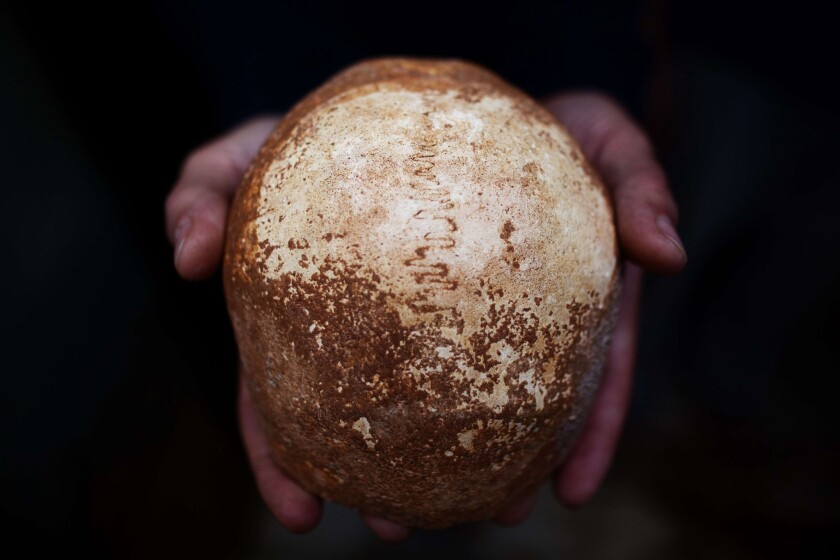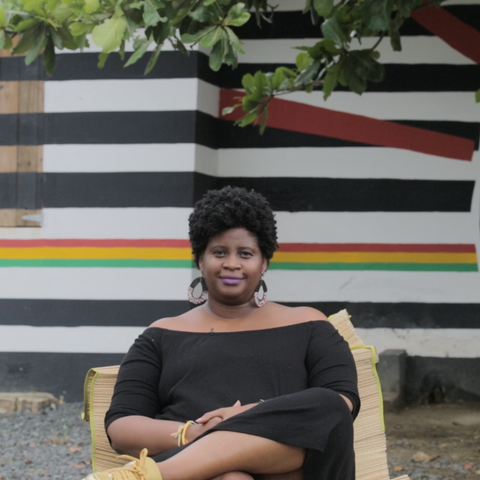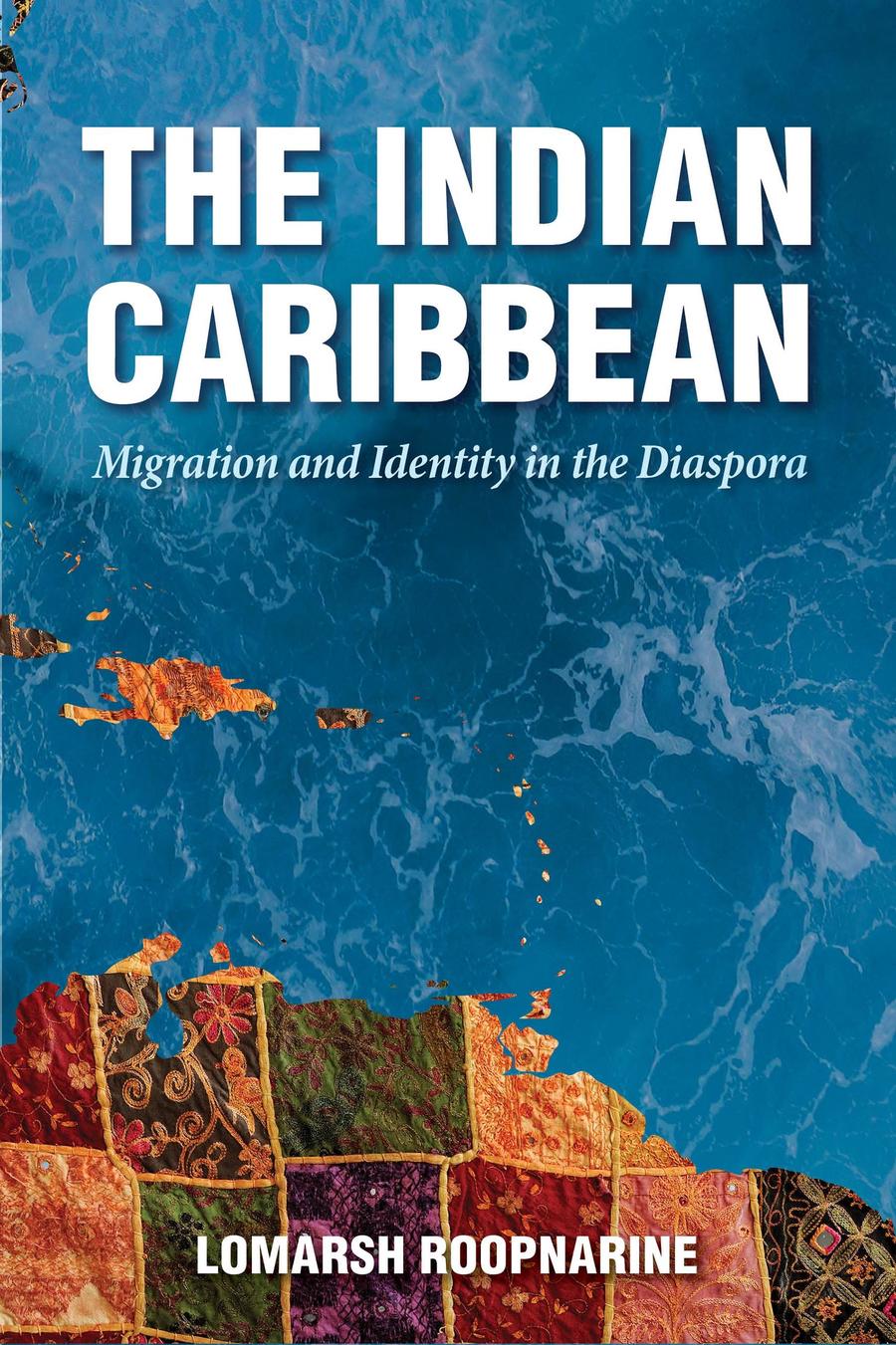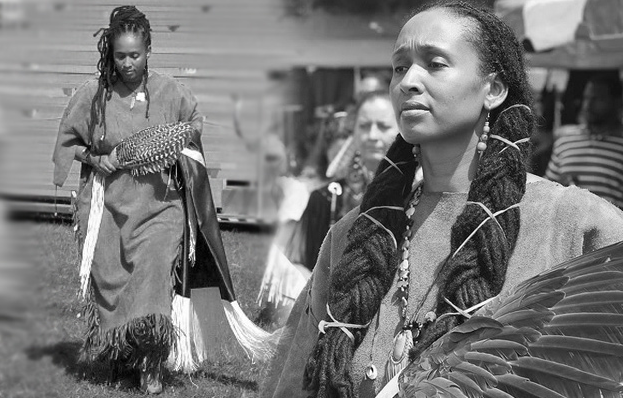Opinion: The pernicious myth of a Caucasian racePosted in Anthropology, Articles, Health/Medicine/Genetics, History, Media Archive on 2019-10-26 03:06Z by Steven |
Opinion: The pernicious myth of a Caucasian race
The Los Angeles Times
2019-09-11
Joel Dinerstien, Professor of English
Tulane University, New Orleans Louisiana
 Anthropologists have for centuries studied human skulls and drawn conclusions about human origins — some of them inaccurate. (Menahem Kahana / AFP/Getty Images) |
How did a female skull lead to “Caucasians”?
In the vocabulary of ethnicity, some designations are obvious. African Americans are of African descent; Latinos have Latin American roots. But what about Caucasians? If a Native American told a Caucasian to “go back where you came from,” where would that person go?
Geographically, Caucasia is a region of Russia, a place from which few white Americans come. Yet the term Caucasian remains in wide use as a synonym for a white person.
The classification dates back to 1795, when Johann Friedrich Blumenbach, a respected German physician and anthropologist, conducted research in which he measured skulls, a then-common practice for comparing disparate human groups…
Read the entire article here.







